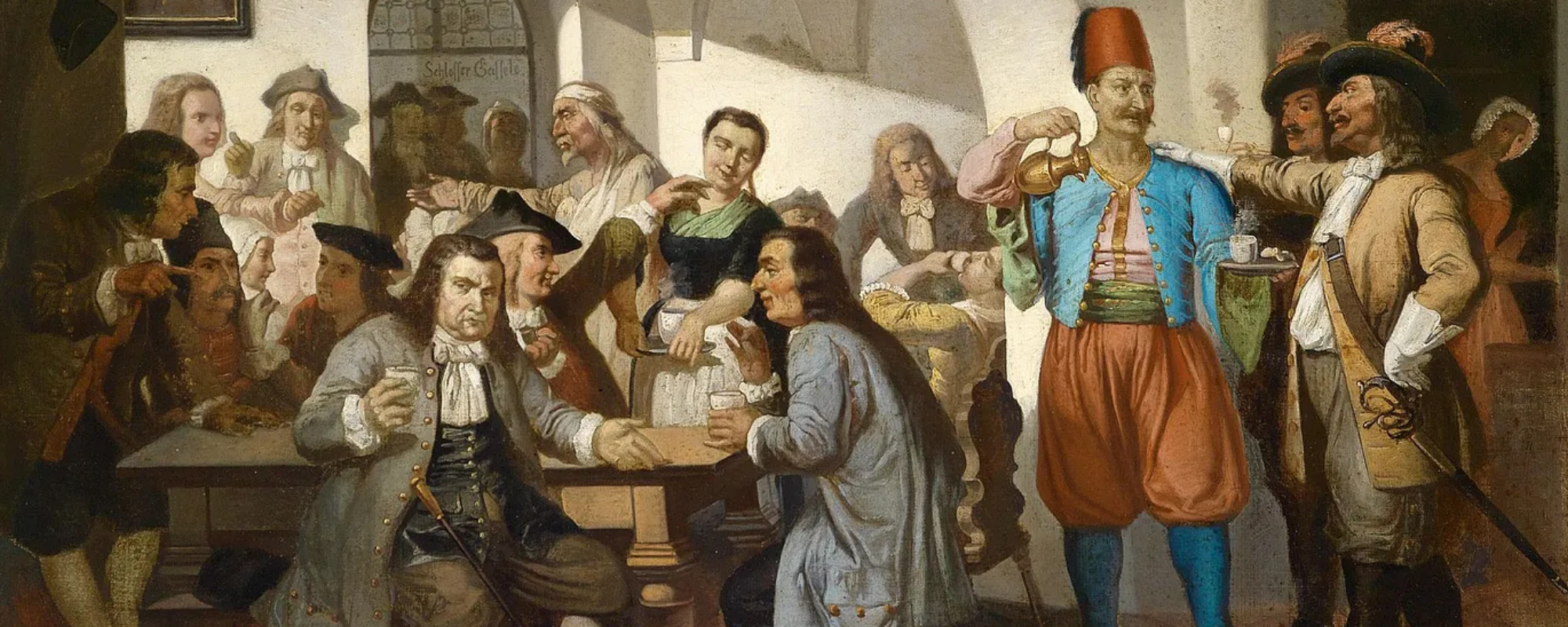
Coffee is a universally loved beverage, enjoyed by many people around the world. For many, it’s more than just a drink; it’s an emotional experience. Whether it’s part of a morning ritual or a social moment, coffee holds a special meaning for everyone. Its rich, complex nature makes it almost an art form, which is part of why it’s so popular, especially in office coffee settings where quality matters.
Understanding coffee’s full depth, from its flavor profiles to brewing techniques, can be challenging. In our upcoming blog series, we will break down key coffee concepts, history, and terminology to help you become a true coffee connoisseur. Whether you’re interested in exploring bean-to-cup solutions or just enhancing your appreciation for quality coffee, you will gain valuable insights into what makes each cup truly special.

An Oversimplified History of Italian Coffee
The love affair between Italians and coffee dates to the 16th century. During that time, coffee was primarily consumed in the Ottoman Empire and Arab states. Italian merchants introduced coffee beans from Anatolia to the Italian peninsula, and soon, the beverage captivated the Italian population. Coffeehouses, known as “Botteghe del Caffè”, quickly became popular gathering spots for scholars, aristocrats, and the upper class. The real transformation came in 1884 with the invention of the espresso machine, revolutionizing the coffee-making process by making it faster and more precise. This innovation turned coffee from a foreign luxury into an integral part of Italian culture, firmly establishing Italy as a global leader in coffee traditions and inspiring what we know today as the “quality office coffee” experience.

Italian Coffee Types
Espresso
Espresso in Italian means “pressed out.” It refers to the method of making the beverage, which involves forcing hot water through ground coffee to extract a concentrated dose. Espresso is considered the gold standard of Italian coffee and is what you’ll get if you ask for a regular cup of coffee. There are also espresso variations such as Lungo, Ristretto, and Doppio. Lungo is a larger version of espresso made with more water, resulting in a more diluted, less concentrated, and slightly less bitter drink. Conversely, Ristretto is a smaller, highly concentrated espresso that is very intense and bitter. Doppio refers to a double shot of espresso.
Americano
An Americano is similar to a lungo, but the preparation method is different. As discussed earlier, a lungo is an espresso made with double the water to dilute the concentration. On the other hand, an Americano involves adding the same amount of hot water to the espresso but after it is pulled. Typically, an Americano will contain at least two shots of espresso followed by hot water. The resulting drink usually resembles a regular North American black coffee more than an espresso, making it a popular choice for office coffee settings.
Macchiato
Macchiato translates to “stained.” It refers to adding a small amount of milk to an espresso. Contrary to a latte, where milk is predominant, a macchiato conserves the tones of an espresso with an additional amount of foam.
Caffè Latte
A Latte is an espresso-based drink served with a significant amount of steamed milk and foam. It is usually a sweet drink enjoyed for breakfast and often appreciated by those who prefer a smooth, bean to cup coffee experience.
Cappuccino
Cappuccino balances macchiato and latte, where every part of the drink is equally ratioed (coffee, milk, and foam). Like the latte, it is predominantly a breakfast drink but is also a favorite among those seeking a balanced cup of coffee.

Coffee and Italian culture have gone hand in hand for centuries, leading to amazing innovations and brewing techniques that have stood the test of time. We’ve tried to showcase some of those influences here. We hope this blog helped you get a better grasp of some key coffee terms! But don’t worry, this series is just getting started, and we’ve got plenty more to share with you.